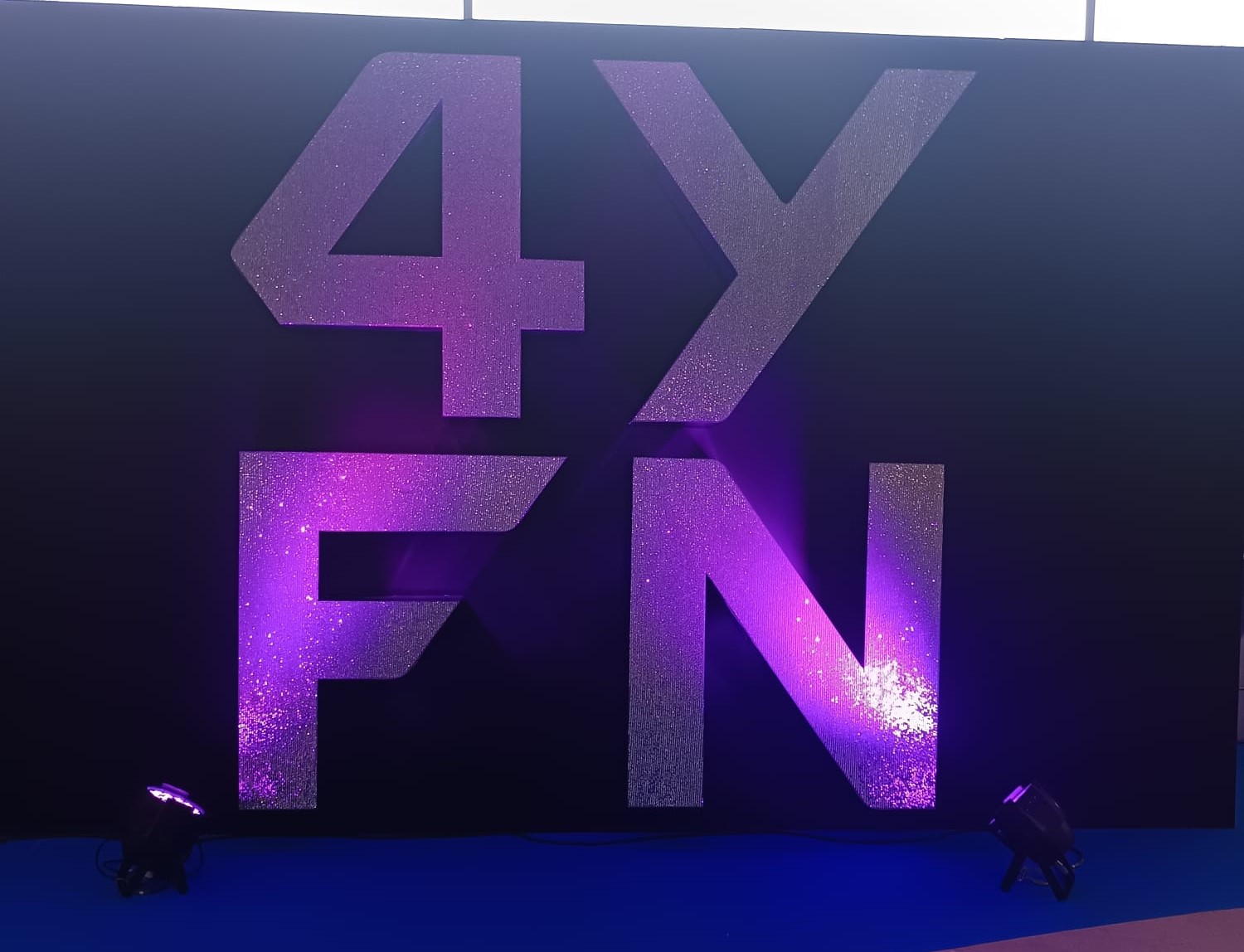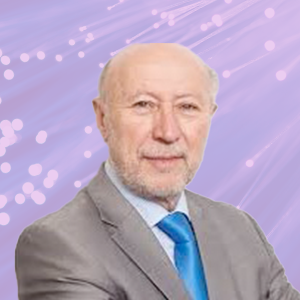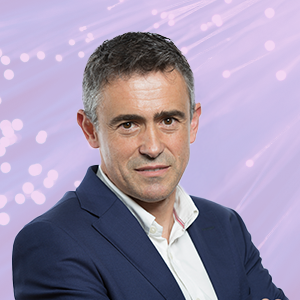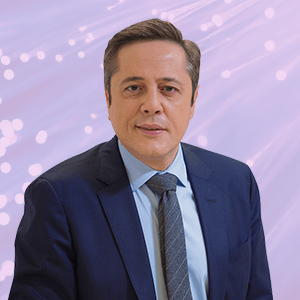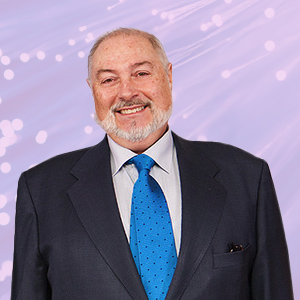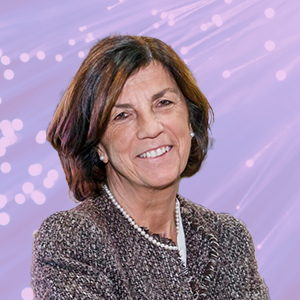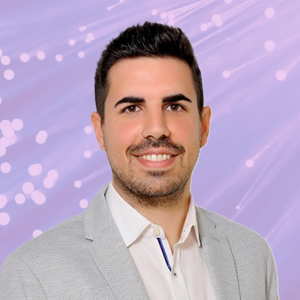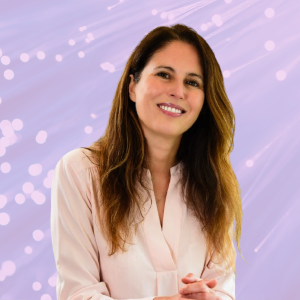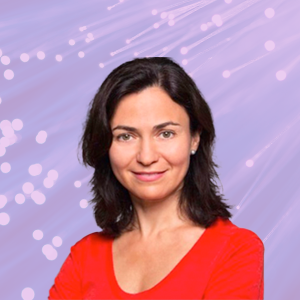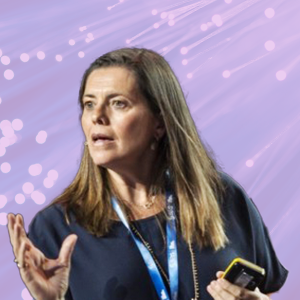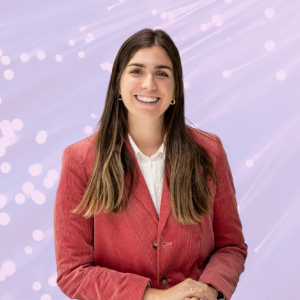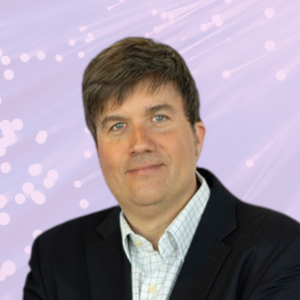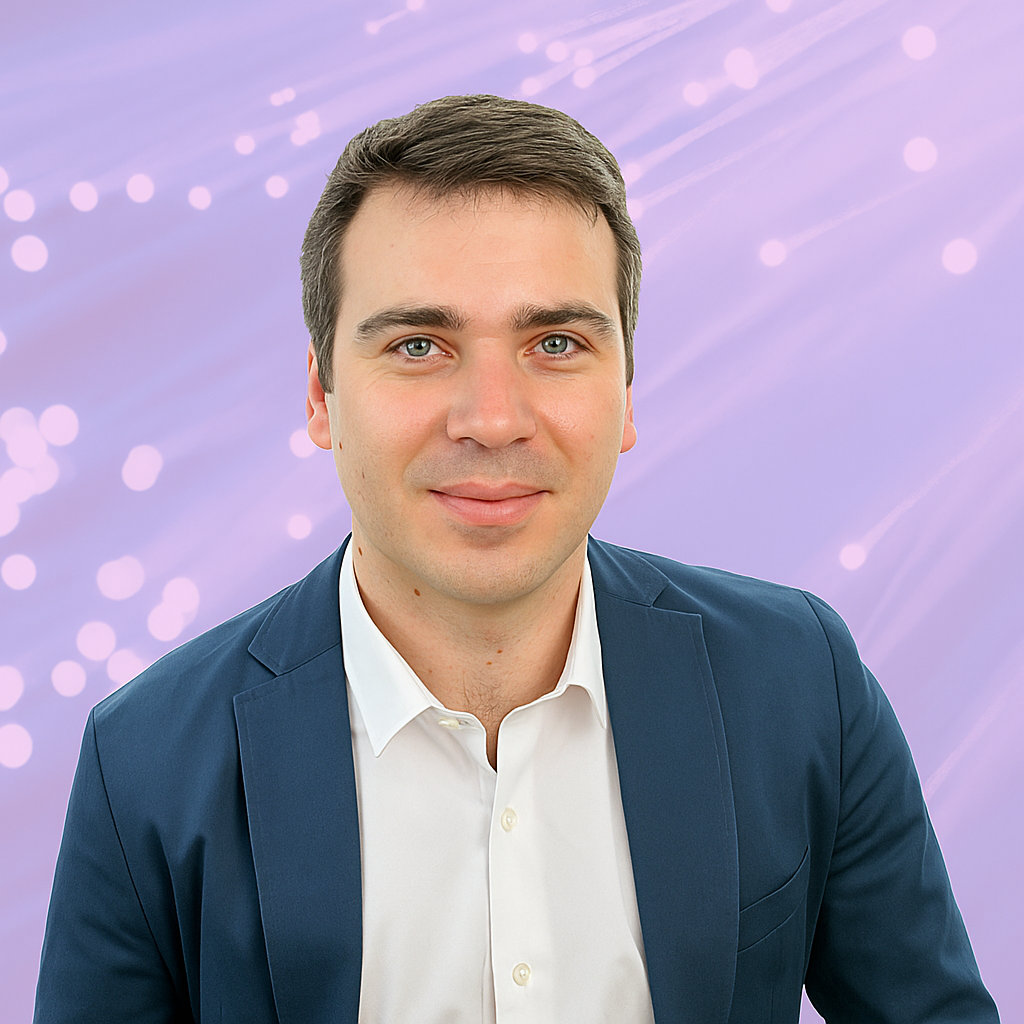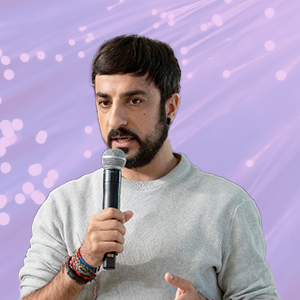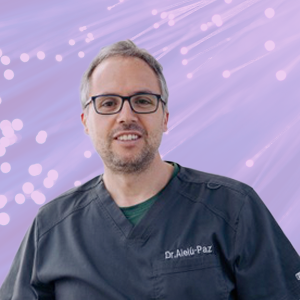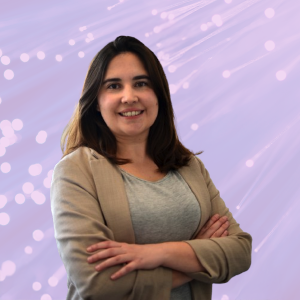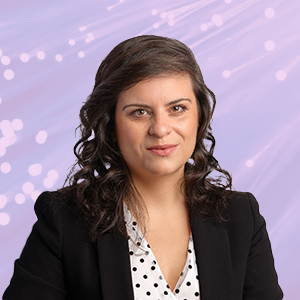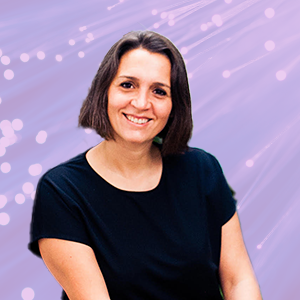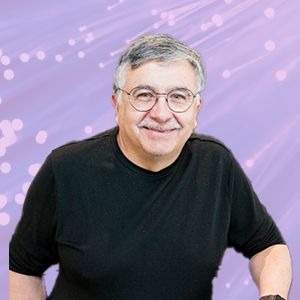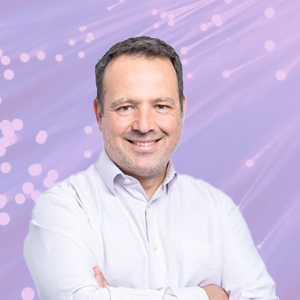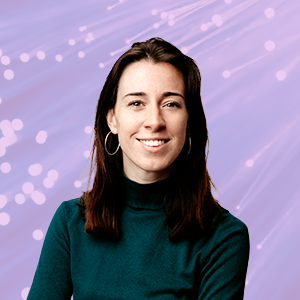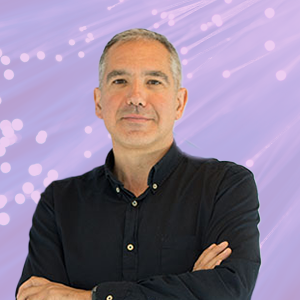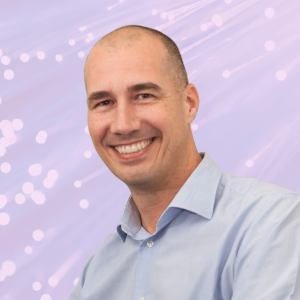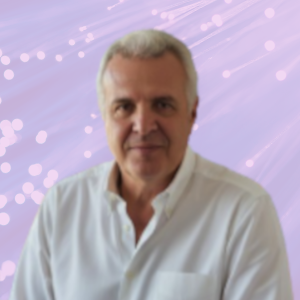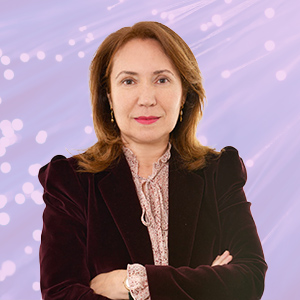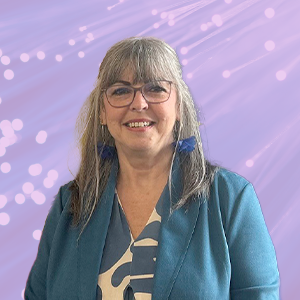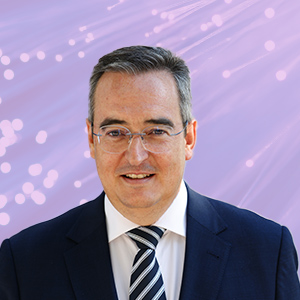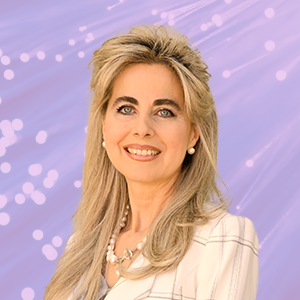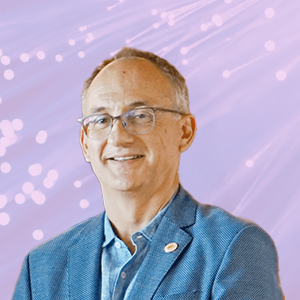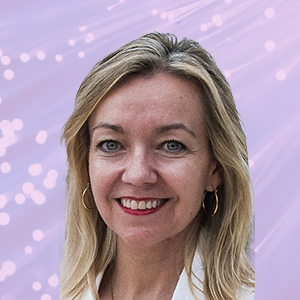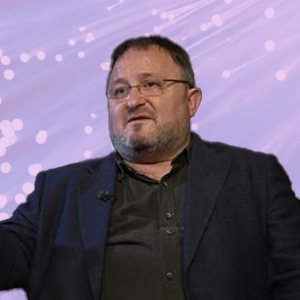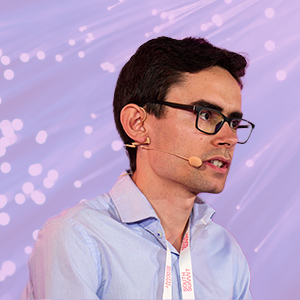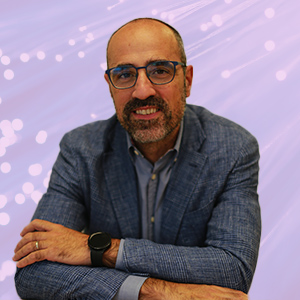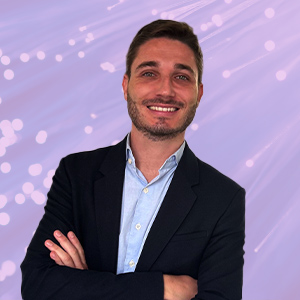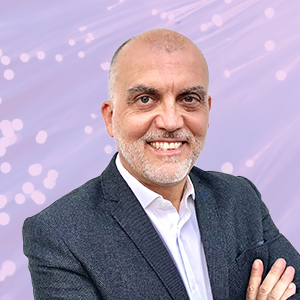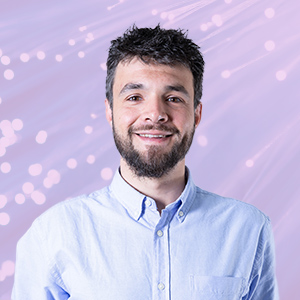The Park is projected at 4YFN 2025, the benchmark event in the prospection of tomorrow’s new technologies.
Chronicle of a vibrant 4YFN
The 4YFN of the Mobile World Congress Barcelona has come to an end. A vibrant week for the PCM team, which has participated thanks to the generosity of BStartup of Banco Sabadell. Exciting days in which to get closer to the world of tomorrow, prospect new technologies and strengthen ties with collaborators.
Days in which the work of promoting the PCM with startups that, as they commented in the round table Innovation Catalyst: empowering deep tech, find in the Park a place of “advice to select the most appropriate calls and aid in their development”, an ecosystem to “collaborate between incubated companies, find public and private partners and reach the international market” through EEN Madrid and a bridge of “connection between corporations and startups”. Thanks to all this, the companies in the Park have a success rate of more than 60%, very high for the deep technology sector.
Disruptive technologies and new challenges
Another way in which the Park has been projected at 4YFN 2025 has been precisely through these technologies, learning from companies how the omnipresent AI affects them and what challenges they face.
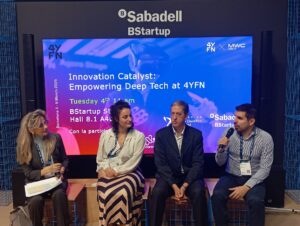
Thus, César Martinez, CEO of Unmanned Teknologies Applications S.L. (UTEK), pointed to the ability of a USV (Unmanned Surface Vehicle) to operate in an area with non-segregated traffic (manned and unmanned) as the great challenge of the sector. A challenge in which AI helps to improve navigation, plan the route and avoid obstacles by making decisions in the face of traffic congestion. He also talked about the dual use of USVs, and how the traction of the defense sector accelerates their technology, which actually has more uses in the civilian sector, where its adoption is slower.
For her part, Esmeralda Zefi, marketing director of Monitoring Life, told us how AI allows all the parameters of patients to be integrated into medical devices (such as her portable cardiac monitoring device, Sensocor), from home, analyze them and generate early warnings that facilitate the work of doctors who are already testing it. as well as in the Ramón y Cajal Hospital and the La Paz University Hospital.
In turn, Daniel González Muñoz, CEO of Nanostine, stressed the transversal nature of nanotechnology, with applications in sectors such as biomedicine, energy or aerospace. The latter requires very high quality standards that prevent the emission of impurities into space. For this reason, the technology for obtaining high-purity nanocoatings from this CSIC spinoff is a competitive advantage. This advantage allows them to collaborate with the European Space Agency – ESA. The challenge? To cover increasingly varied and larger pieces.
Can you ask for more?
Finally, there have been days, in short, to see new incubated companies in action, such as YPlasma, an INTA spinoff. And also to see with great pride that Horus ML, a recent Health2Market award in collaboration with EIT Health Spain, has been awarded the 4YFN award in digital health. Congratulations!
Can you ask for more? Yes, next year more!

